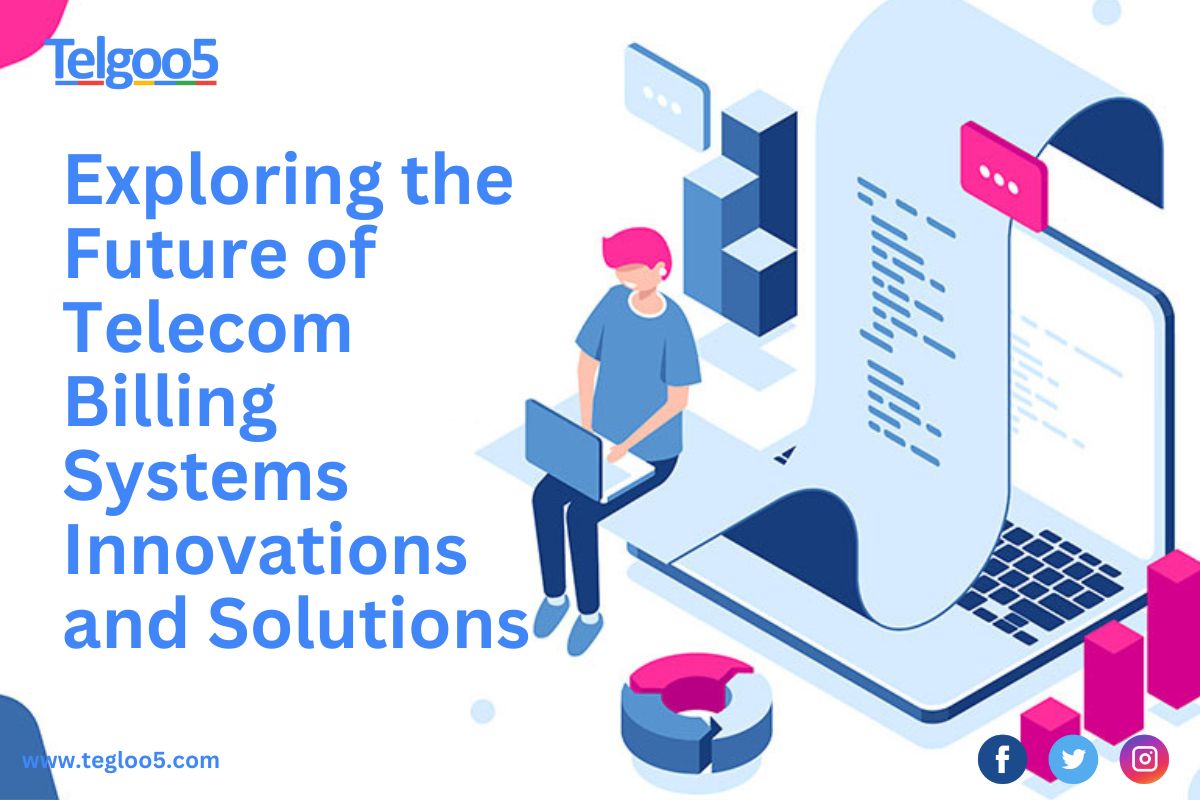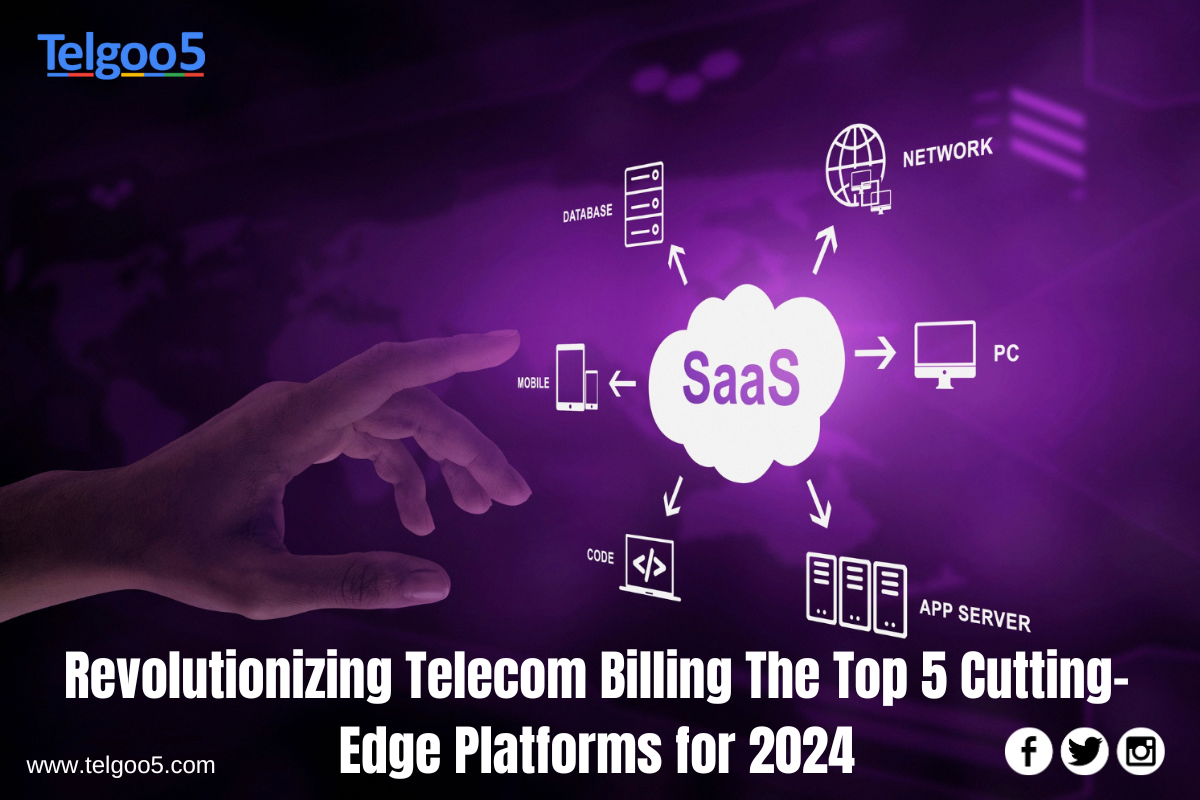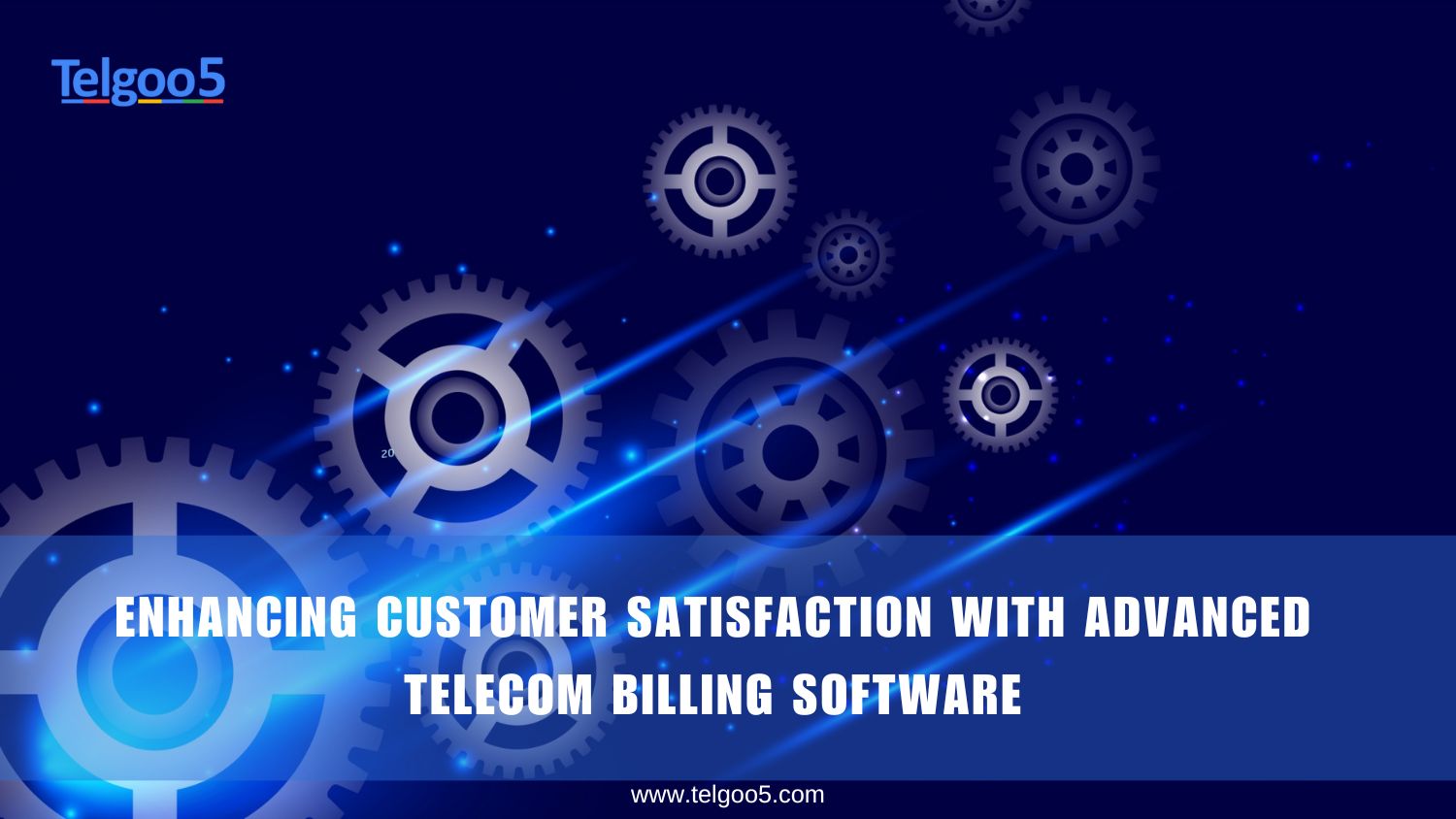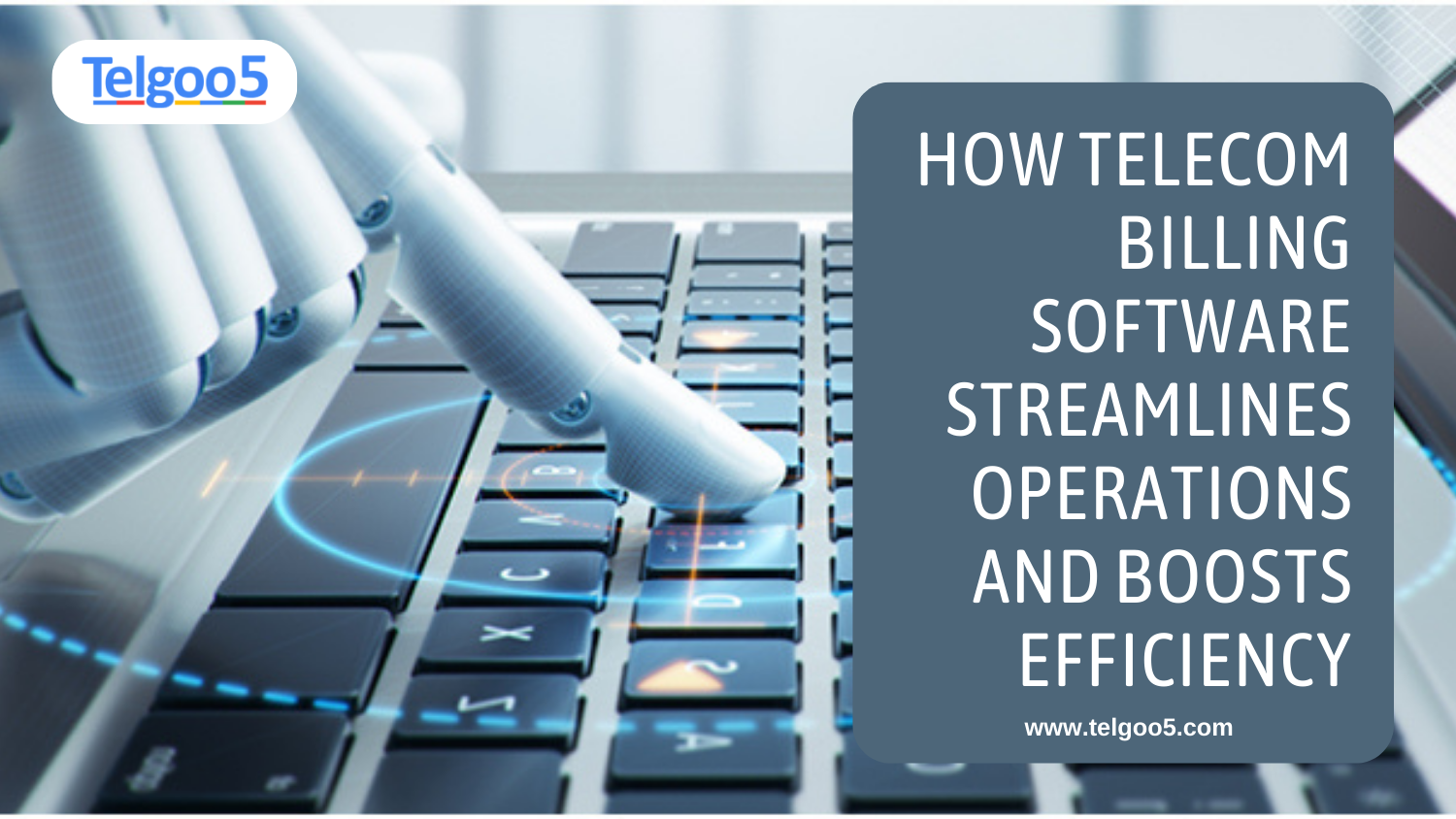Telecom Billing Software Services
Say goodbye to billing errors! Our telecom billing software services offer accurate automation & a streamlined revenue cycle.
Contact us today to get a consultation!
Send us a message to get answers to any of your questions & we'll get back to you within 24-48 hours or as soon as possible.










